Pollinator-Friendly Plants in Deer Country
encore date: April 16, 2022
original air date: April 28, 2018
Dearly we love plants that send butterflies, bees, and other pollinators straight over. In deer country, Matt Kolodzie from Friendly Natives in Fredericksburg picks out plants that get along with antlered nibblers. Plant of the Week, deer-resistant native perennial skeleton-leaf goldeneye, loves the heat to crank out late summer and fall flowers for pollinators. On tour at Redeemer Lutheran School, students go wild about science lessons outdoors in a wildlife habitat, vegetable gardens and a mini-farmyard. Daphne identifies that mystery growth on your red oak that looks like a lemon. Jeff Pavlat from the Austin Cactus & Succulent Society divides overcrowded dyckias (without getting a scratch!).

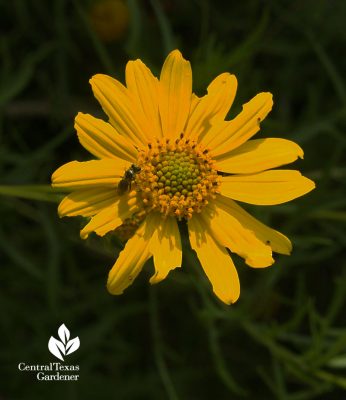
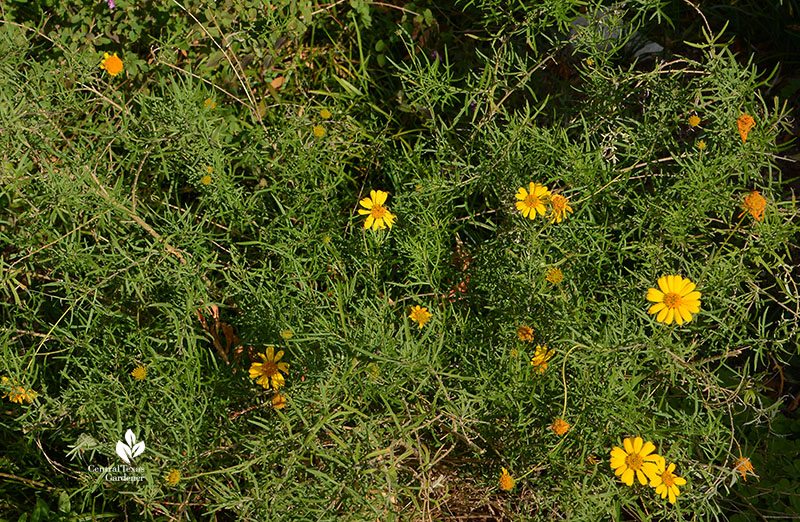 Soil: Skeleton-leaf goldeneye is native to very rocky areas, so it needs very well-drained soil to grow well. If you grow it in clay soils, add decomposed granite and possibly plant on small berms.
Soil: Skeleton-leaf goldeneye is native to very rocky areas, so it needs very well-drained soil to grow well. If you grow it in clay soils, add decomposed granite and possibly plant on small berms.
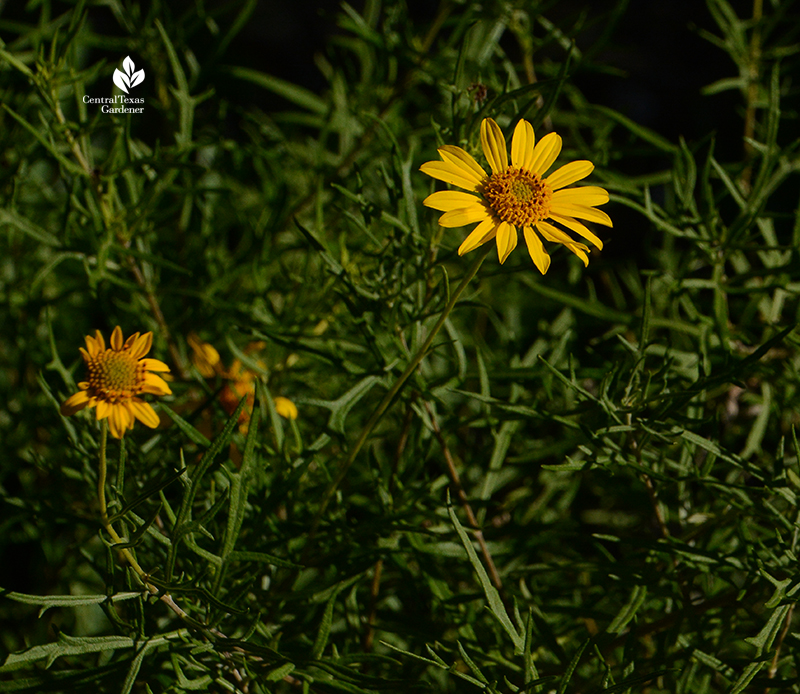 Light: It loves the heat and will do great in full sun, but can also take light shade.
Water: Very drought tough once established. Will benefit from irrigation in prolonged drought.
Light: It loves the heat and will do great in full sun, but can also take light shade.
Water: Very drought tough once established. Will benefit from irrigation in prolonged drought.
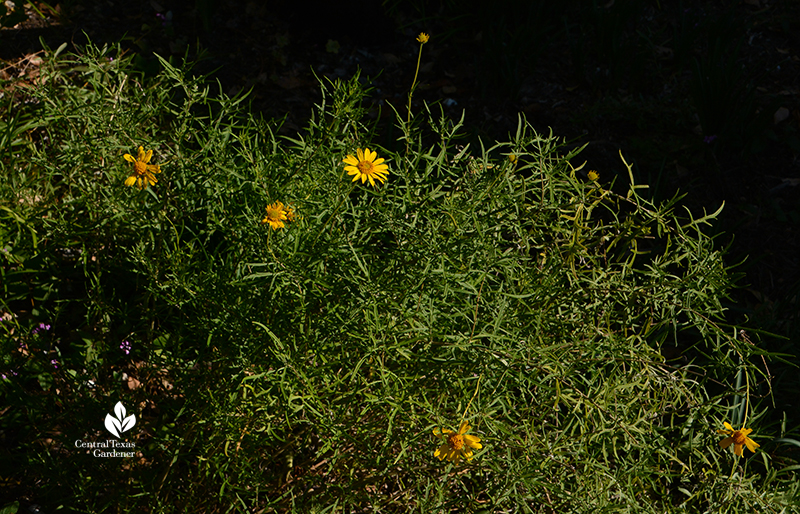 Perennial: In cold winters it will die back to the ground but will re-emerge from the roots. In mild winters it will be evergreen, but it would still benefit from shearing-back to encourage new, bushier growth. Otherwise it will get leggy and unattractive. Cut the plants back to about 6 inches in late winter.
Flowers: Yellow daisy flowers from late spring/summer to frost.
Perennial: In cold winters it will die back to the ground but will re-emerge from the roots. In mild winters it will be evergreen, but it would still benefit from shearing-back to encourage new, bushier growth. Otherwise it will get leggy and unattractive. Cut the plants back to about 6 inches in late winter.
Flowers: Yellow daisy flowers from late spring/summer to frost.
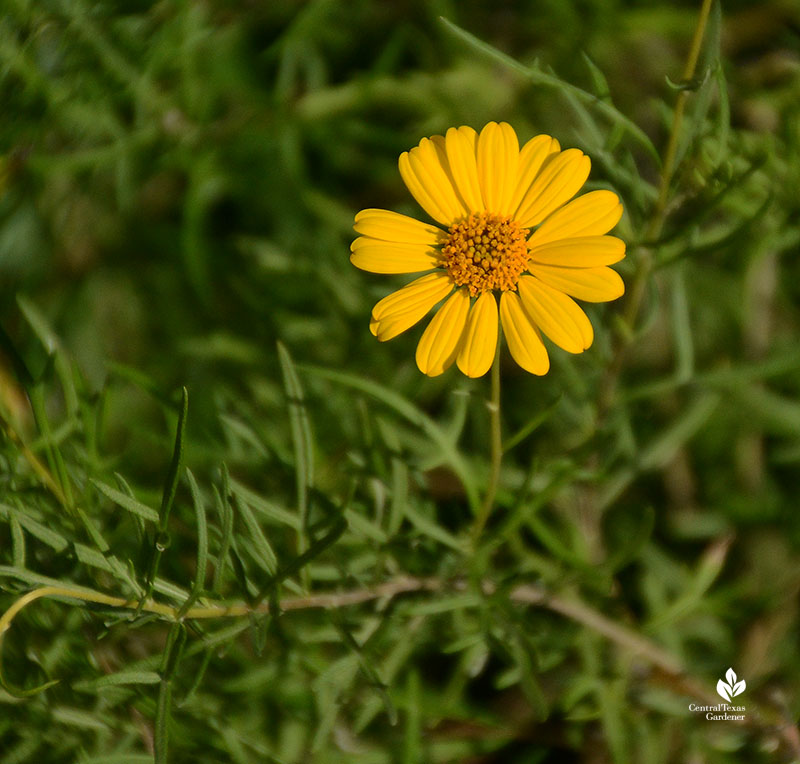 Wildlife benefit: Flowers attract beneficial pollinators.
Deer-resistant: The gorgeous, finely-textured foliage is aromatic, containing volatile oils, and so has some resistance to deer.
Wildlife benefit: Flowers attract beneficial pollinators.
Deer-resistant: The gorgeous, finely-textured foliage is aromatic, containing volatile oils, and so has some resistance to deer.